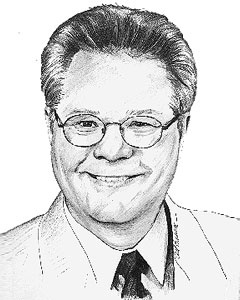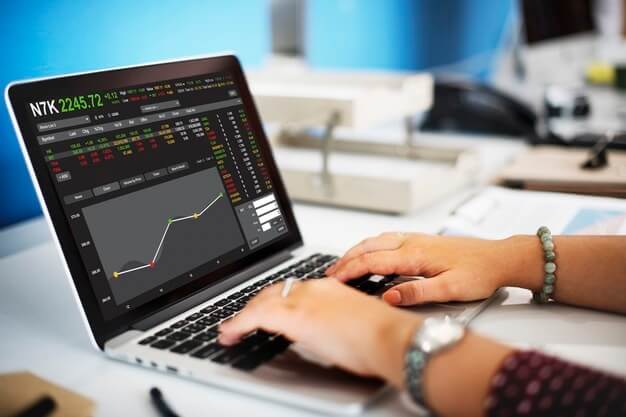
Tom Berovik
Trader Tom Berovic (Tom Bierovic) is known in professional circles as a person who began to earn money in the financial markets during adolescence. As a hereditary speculator, he took over the basics of trading skills from his father, who made good profits on the MidAmerica Commodity Exchange. Having learned the basics, already at the age of 13, Tom Berovik extracted pocket money, concluding small deals with futures contracts.
First experience of trading and analytics
As the financier himself remembers, the first source of information about the balance of power in the market for him was a local newspaper. The daily edition regularly published reports on closing prices for agricultural goods. On the basis of these data, Tom built charts for which he manually calculated technical indicators: histograms and moving average for intraday trading on the time frame 15 m. The calculations were subsequently given to the father, who made trading decisions based on them, investing the capital allocated for these purposes in the transactions.
To become an experienced trader, Tom Berovick has remained committed to intraday and mid-term trading and is convinced that self-assessment is ideal for beginners. From histograms and simple movingaverageon later moved to oscillators, relative strength index, directional motion system and moving average convergence/divergence indicator. However, in everyday trading, Berovik has long since abandoned this practice and successfully uses automated trading systems and indicators.
Focusing on technical analysis and impulse corrected trading
Thom Berovick’s analytical method is based on technical analysis. More precisely, the speculator tends to ignore fundamental factors as far as possible, because they only distract from the information “concentrated in the current market price”. According to him, the schedule embodies everything you need to know about the crowd, its motives and behavior. Like other “techies”, he considers his system of rules to be universal, but at the same time does not recommend people to adhere to it 100%.
Thomas Berovick’s approach to work called “impulse correction trading” is based on the following types of input information:
- trend direction;
- Trend quality;
- force of countertrend reactions;
- risks.
A number of regularities influencing the average monthly yield are taken into account
- should not enter into trading in the absence of an emerging trend;
- required ratio of profit to risk – approximately, 2:1;
- a good month can be called a month if more than 40% of trades are closed with profit.
Other advice from Thomas Berovick is to work on a strategy that fits the trader psychologically. Thus, it is more convenient for some to earn on short timeframes, and for some – on medium or long ones. Besides, it is not necessary to focus too much attention on profits and moose – it is more expedient to accustom oneself to spend time on development of methods and sharpening of skills.
Medium scale orientation
Tom Berovik does not seek multibillion-dollar deals or the fame of George Sorros or Warren Buffett. He prefers a quiet home office in Chicago to the frenzied rhythm of Wall Street, an active capital of a couple of million and the status of an OTC unlicensed specialist who recruits no more than 15 investors per year.
